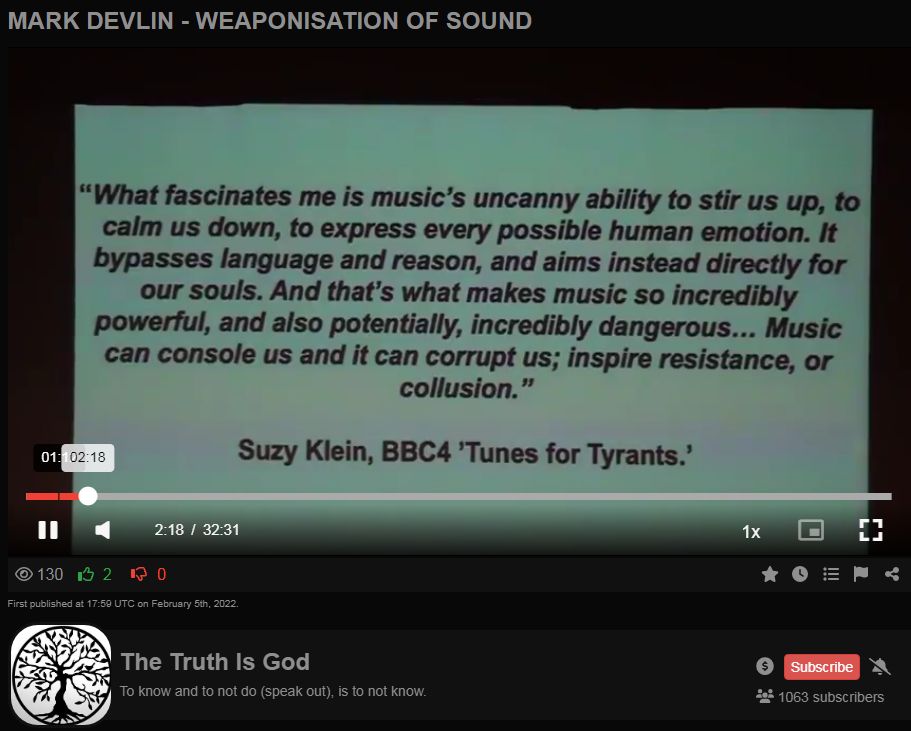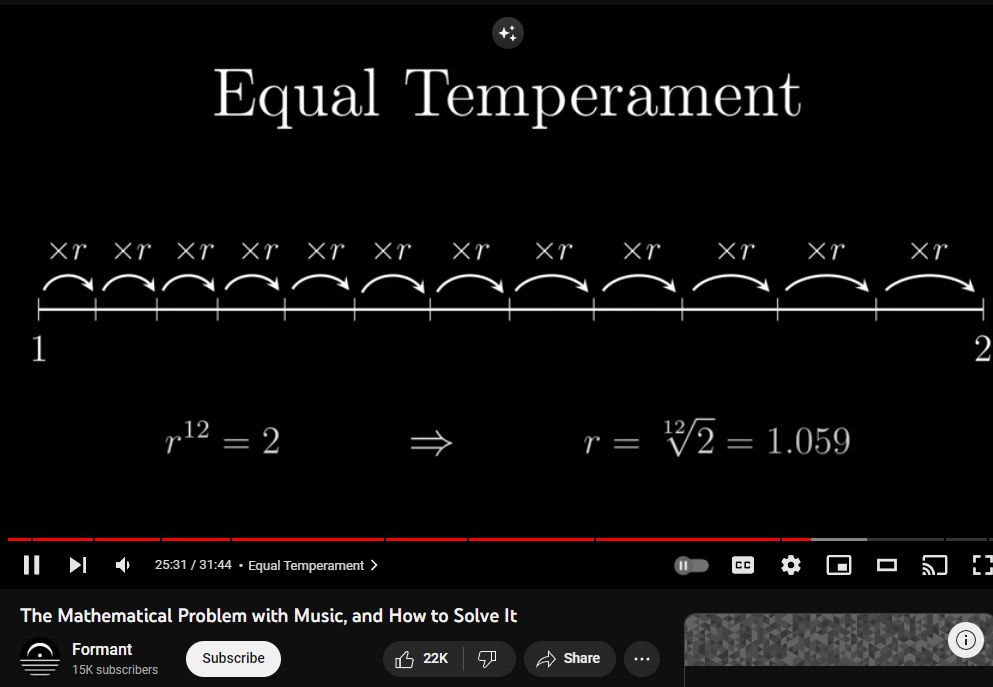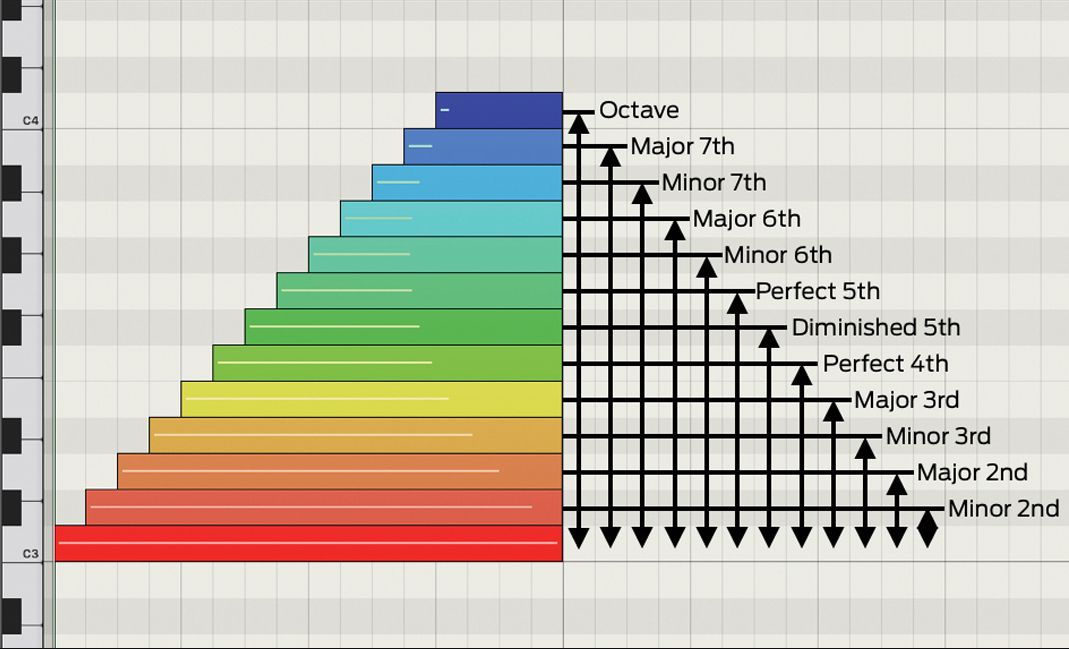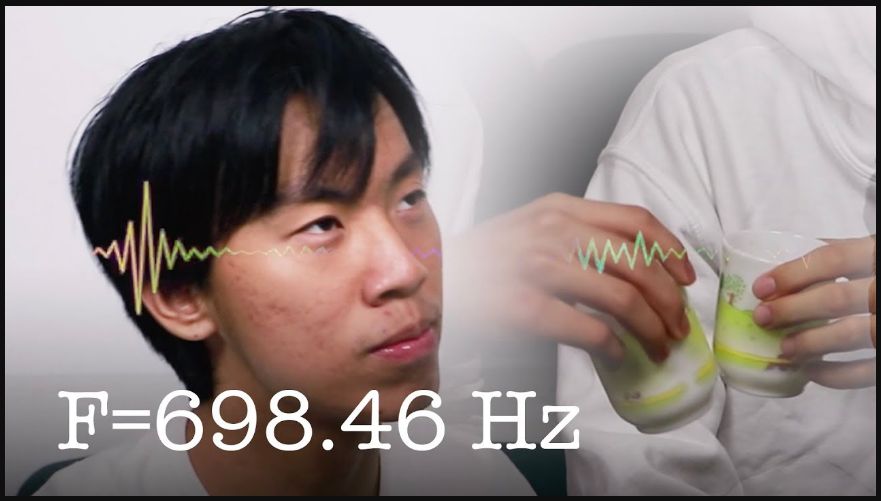pitch
Alison Krauss is THE gold standard in pitch control! Here’s the PROOF!
Alison Krauss is THE gold standard in pitch control
The Mathematical Problem with Music and How to Solve It — “Performance is an art of compromise” – Temperament, timbre, intonation, tuning, voice, tone
The Mathematical Problem with Music and How to Solve It
Snare Drum Hoops Comparison – Drummer’s Review — triple flange, s-hoop, die-cast, in wood, steel, brass
Snare Drum Hoops Comparison
Musical Mathematical Ratios and the Engineering of Consciousness – Alexandre Tannous – Free Your Mind Conference 3 (2015-04)
Musical Mathematical Ratios and the Engineering of Consciousness
Fractal geometry of music
Fractal geometry of music
Eric Dollard On Music and Harmonics – Spokane, WA 2015
Eric Dollard On Music and Harmonics
Musical intervals and relative pitch: Frequency resolution, not interval resolution, is special
Musical intervals and relative pitch
How Eighteenth Century Piano Tuners Heard Major 3rds — 18th Century Aesthetics
How Eighteenth Century Piano Tuners Heard Major 3rds
Affective constraints on acquisition of musical concepts: Childrens and adults development of the major-minor distinction
Affective constraints on acquisition of musical concepts
Pitch Memory in Nonmusicians and Musicians: Revealing Functional Differences Using Transcranial Direct Current Stimulation
Pitch Memory in Nonmusicians and Musicians
Functional anatomy of musical processing in listeners with absolute pitch and relative pitch
Functional anatomy of musical processing in listeners with absolute pitch and relative pitch
Pitch perception beyond the traditional existence region of pitch
“…the perception of musical pitch at high frequencies is not constrained by temporal phase locking in the auditory nerve but may instead stem from higher-level constraints shaped by prior exposure to harmonic sounds.” Humans’ ability to recognize musical melodies is generally limited to pure-tone frequencies below 4 or 5 kHz. This limit coincides with the … Read more







